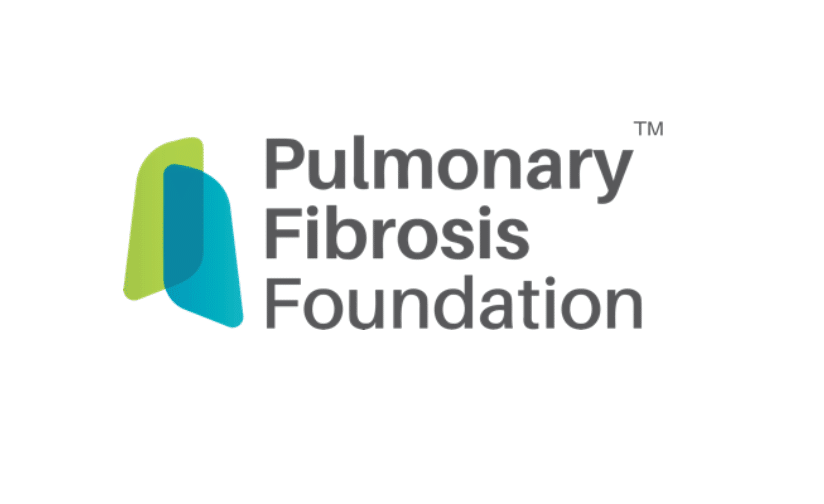

Four Pillars for Oxygen Reform
By: Kate Gates, Vice President of Advocacy and Programs, Pulmonary Fibrosis Foundation, and Laurie Chandler, Vice Chair and Treasurer, Pulmonary Fibrosis Foundation Board of Directors
The health of over 1.5 million Americans is at risk because they do not have access to the appropriate supplemental oxygen treatment. The challenges in accessing oxygen are largely caused by a broken Medicare reimbursement system; failure of this system is preventing patients from receiving services needed to survive and function on a daily basis. At the Pulmonary Fibrosis Foundation, we have joined 23 other patient, professional, and industry groups in advocating for changes to how oxygen is provided. Below are some of the key elements of the Four Pillars for Oxygen Reform:
- Ensure that patients have access to liquid oxygen when necessary. Liquid oxygen is important because it provides patients who need high flow oxygen with a lightweight and portable option. Without liquid oxygen, many people on high flow oxygen struggle to leave the house or are limited to just a couple of hours outside of the home. Liquid oxygen is covered by Medicare, but because of drastic cuts to reimbursement, it is unavailable in most of the United States.
- Cover respiratory therapy services for people who use oxygen. Respiratory therapists are trained to provide education and specialized support to patients who use oxygen. Patients are often given their oxygen equipment without training on how to use the equipment or checks to ensure that they are receiving the correct amount of oxygen. Patients should receive monitoring and education on using supplemental oxygen as part of the Medicare oxygen service.
- Create a patient bill of rights. Patients must receive the amount and type of oxygen and equipment prescribed by their physician, among other rights.
Supplemental oxygen is prescribed for a range of health conditions such as chronic obstructive pulmonary disease (COPD), cystic fibrosis, cardiovascular disease, and pulmonary fibrosis. Pulmonary fibrosis (PF) is a process that causes lung scarring, in which scar tissue blocks the movement of oxygen from inside the tiny air sacs in the lungs into the bloodstream.
Laurie Chandler was diagnosed with pulmonary fibrosis and relied on supplemental oxygen before receiving a double lung transplant in 2014. Chandler shares her story below.
I began to experience health issues and couldn’t stop coughing. I was exhausted, couldn’t catch my breath, and lost 35% of my body weight. But I couldn’t pinpoint what was wrong. Meanwhile, my symptoms became progressively worse. Finally, I was diagnosed with pulmonary fibrosis. The disease was literally taking my breath away.
Being robbed of oxygen is equivalent to trying to breathe through a cocktail straw while holding your nose. It is an experience that leaves one with a gripping sense of fear! This fear is exacerbated when dealing with limited access to supplemental oxygen or faulty oxygen equipment.
Ultimately, I was tethered to a concentrator (too large to transport) with 25 feet of tubing, which left me housebound. My dependence on heavy, bulky oxygen tanks and stationary concentrators robbed me of my mobility.
In a 2016 survey of patients, 51% reported one or more of a range of problems with access to supplemental oxygen. In the survey, patients reported their most frequent problems as equipment malfunction, lack of physically manageable portable systems, and lack of portable systems with high enough flow rates. These problems affect patients’ ability to go out in the community (e.g., for medical appointments) and participate in employment. Due to the lack of the availability of liquid oxygen, many patients who need high oxygen flow rates end up effectively housebound.
We urgently need reform to the way that supplemental oxygen is provided. We call on Congress to enact changes that address the Four Pillars for Oxygen Reform.


